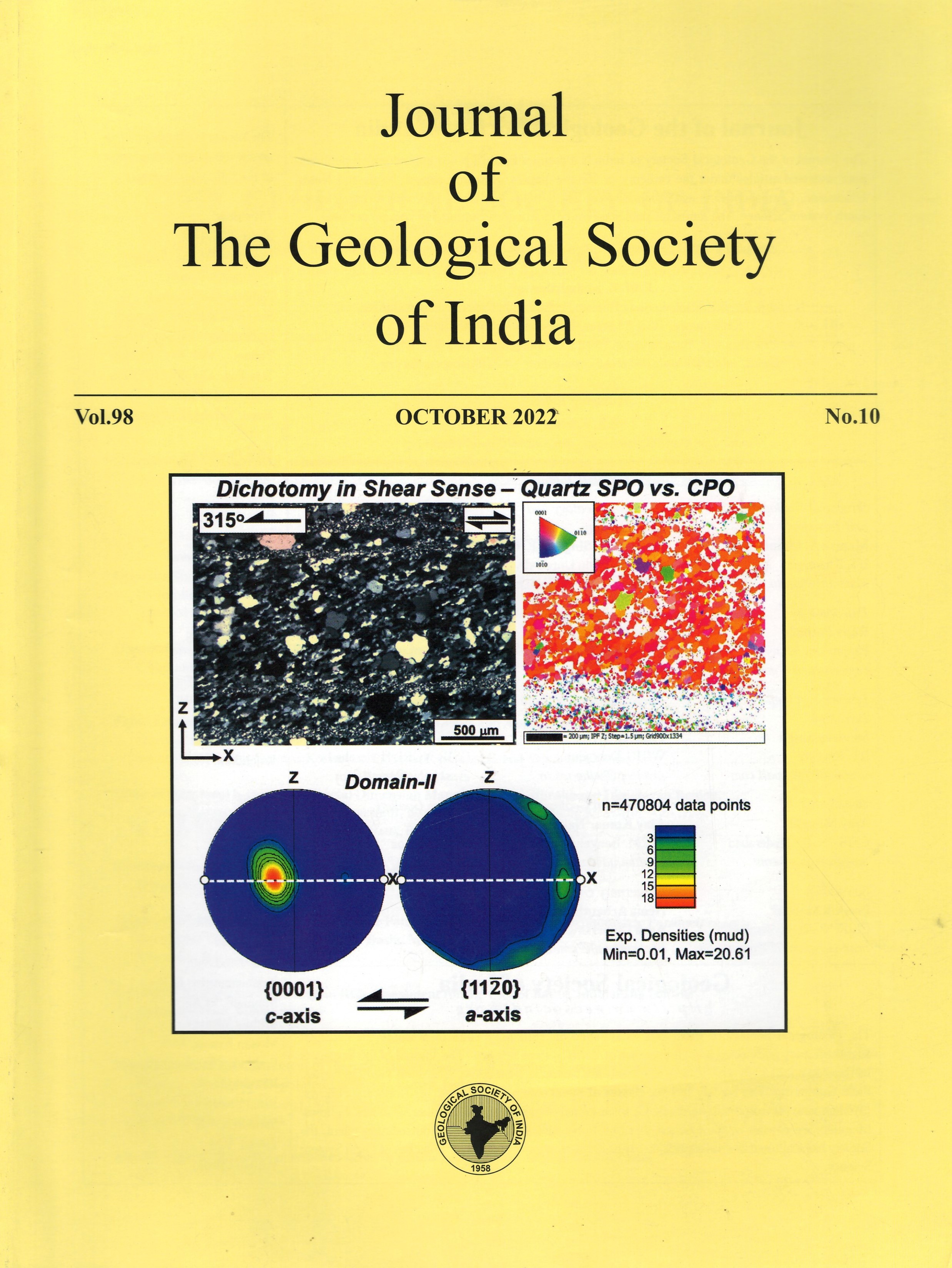Rainfall Induced Soil Erosion and Sediment Yield Assessment in Upper Brahmaputra River Basin
DOI:
https://doi.org/10.1007/s12594-022-2191-yKeywords:
No KeywordsAbstract
Riverbank erosion, aggradation, and river bed degradation are significant threats to most Indian watersheds. A quantitative valuation of the spatial distribution of soil erosion at a watershed level is vital for sustainable watershed planning and management practice. Very few studies can be found that focus on soil loss with sediment yield patterns in the upper Brahmaputra river basin due to massive erosion-deposition processes. Therefore, it is intended to study the soil loss and sediment yield pattern in the upper Brahmaputra river basin at the selected outlet of Majuli Island, located in South Asia. The principal objective is to evaluate soil erosion and sediment yield transported downstream of Majuli Island using the revised universal soil loss equation (RUSLE) and sediment delivery ratio (SDR) models, respectively, for 1979-2014. The study is conducted based on data availability and efficient models like RUSLE and SDR to measure soil erosion and sediment yield. Also, sediment yield maps for 36 years are prepared for the whole catchment considering rainfall as a variable. The maximum area contributing to soil erosion is observed around the hilly region having steep slopes. However, the highest sediment deposition is found near Majuli Island. This study would help take preventive measures for the erosion process and watershed management to minimize soil erosion in the watershed.

 Shehnaj Ahmed Pathan
Shehnaj Ahmed Pathan






